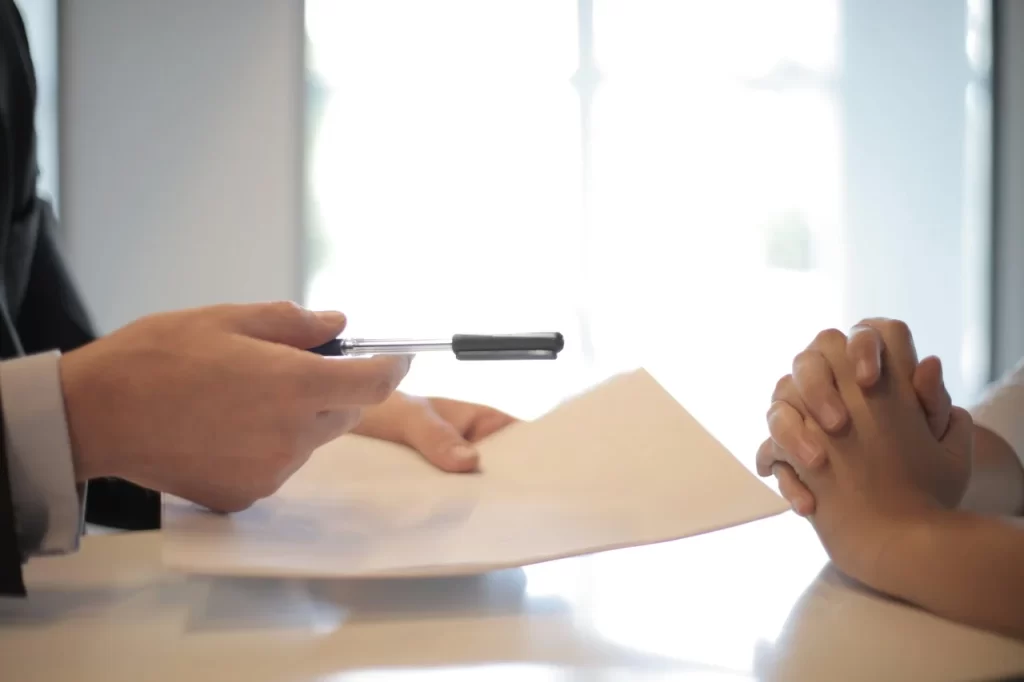
One of the most common misconceptions in the sales industry is that closing the deal represents the end of the initial sales process. It is a significant step, but it is not a one-time occurrence.
Good salespeople know how to close a deal, but they stop selling once their solution has been implemented. Great salespeople, on the other hand, not only know how to close the deal, but they also continue to add value to their clients, build repeat business, and generate referrals.
If your sales team isn’t following best practices for selling after the initial close, take a look at this helpful checklist of steps to take when closing a deal.
10 Do’s of Closing the Deal
- Be confident that your solution will solve a genuine problem and add value.
Understanding how your solution will address the prospect’s real need or help capitalize on an opportunity gives you confidence as a salesperson.
However, if you don’t know whether your solution will actually meet the prospect’s needs, you won’t be able to close as many opportunities as you should. To begin, you must determine whether your solution adds value to the prospect company.
- Coordinate with ongoing projects or investments
You must determine whether the company is in a position to implement your solution as part of determining whether your solution will address the prospect’s need.
Identifying an existing initiative that already has key elements of funding, timeframe, and a deadline, and aligning with that project, is the quickest path to closing the deal. In other words, your solution will assist the company in achieving a goal that is already high on the priority list.
- Identify the compelling event
One of the most common errors that salespeople make is failing to recognize the internal event that drives the need for your solution.
Consider the following scenario: The prospect must complete a specific project by a certain date. To sell your solution, you either help create a compelling event or align with an existing event.
The key point is that both parties must agree on a specific timeframe centered on the event. Otherwise, the prospect will put off deciding whether to buy your solution, deals will stall, and you will most likely lose the opportunity.
- Sell at the appropriate price.
One of the keys to being a great salesperson is determining who you need to sell to within the organization. Too many deals are lost because salespeople fail to identify the process’s influencers, decision-makers, and users.
It’s uncommon to sell too high in the organization because you won’t usually get that level of access during your first contact. In contrast, your first point of contact within an organization is frequently lower than the actual decision-maker. If you try to sell too low to someone who lacks decision-making power, you may waste your time and lose the sale.
This is why the discovery stage is critical in the solution selling process. Discovery ensures that you understand the organizational layers and who should be included in conversations after your initial contact. Instead of wasting time selling too low or too high, you will become much more efficient by talking to the right people in the organization. (Yes, it is possible to oversell!)
- Be aware of how decisions are made.
Another important aspect of discovery is asking the right questions in order to understand how decisions are made within the organization. How can you expect to close a deal if you don’t understand how decisions are made? You should ask the prospect the following crucial questions:
How will you make your choice?
Who will have a say in this decision?
What does the decision-making procedure entail?
How will you determine whether our solution is the best choice for your organization?
- Meet all deadlines
Throughout your discussion with the prospect about your solution, you should set the expectation that deadlines will always be met.
When you make a commitment, you must follow through on it. This may seem obvious, but too many salespeople overlook the importance of following through on next steps and meeting agreed-upon deadlines during the prospecting process.
If you say you’ll deliver a proposal three days after a sales meeting, you should do so on time. If you are consistently late, it communicates that this is not a priority. When the solution is implemented, your company may become untrustworthy, reducing your chances of converting the prospect into a customer.
- Reiterate the importance of your solution.
Throughout the process, it is critical to remind the prospect of the value of your solution. You should constantly remind decision-makers and influencers why they require your solution, what problem you are solving, and the financial impact it will have on their company.
When it comes time to close the deal, there should be no surprises. The preceding steps allowed the prospect to express concerns and inquire about your solution. It’s time to call it a day. The prospect should not back out if the salesperson reinforced the value of the solution throughout the sales process.
- Assume the sale has occurred.
A professional baseball player does not approach the plate expecting to strike out. Similarly, you should always assume that the prospect will buy when they require your solution. And, if a salesperson has done their job correctly, closing the deal is merely a formality.
Salespeople must view closing as only one step in the process. It is not an event to end conversations with the prospect, as conversations will continue long after the deal is closed. Assume the contract will be signed, which will lead to the next critical step.
- Make it simple for the customer to complete the transaction.
Make it your responsibility, not the prospect’s, to sign the contract for the deal. You can send the contract to the prospect for signature using eSign or other digital signing software. You could also schedule a time to deliver the contract in person for in-person signatures.
One common error that salespeople make is creating documents that require three or four steps to return the contract. The client bears the burden of printing out the contract, signing it, scanning it into their computer, and emailing it back to you. It may appear simple, but it will result in the contract being held up in the client’s inbox due to the unnecessary
- Recognize that you will never be done selling.
If you followed the previous steps and recognized that closing a deal is a process, it should be easy to remember that you are never done closing.
After the initial sale, the sales process continues:
Put the solution into action
Maintain the client’s interest with follow-up conversations.
Add to the customer’s current purchase (s)
Obtain more client referrals.
This is how you deliver on promises, set expectations, convey the value of your solution, prepare to close the deal, execute the deal, obtain signatures, and follow up when there are additional opportunities to add value.




